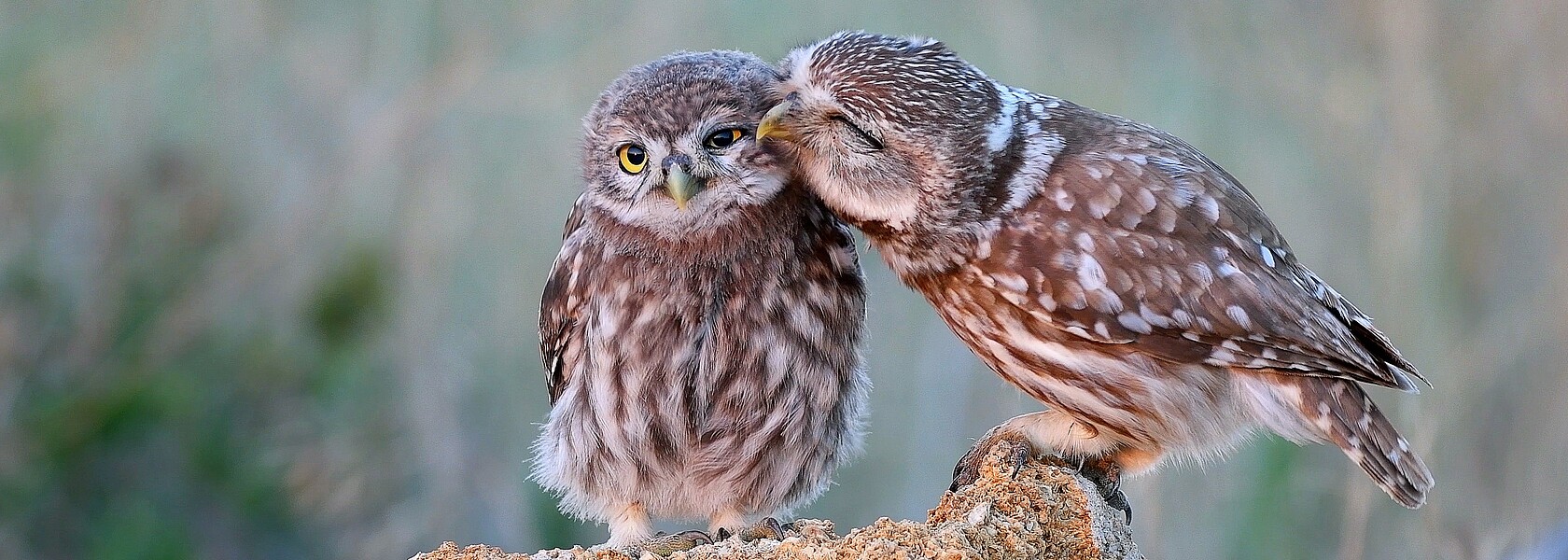The Little Owl (Athene noctua) is easily recognizable due to its small, stocky appearance. In German it is called Steinkauz and hence we will refer here from now on as well by this name). It has a big, round head and lacks ear tufts (often seen on other owl species), with bright yellow eyes.
A Versatile Hunter
In its smallness, the Little Owl is an accomplished killer. Due to its generalist habits, it can survive in a range of habitats from open woodland and farmland to urban areas. They eat a significant variety of prey including insects, small mammals, birds and reptiles.
A Diurnal Hunter
The Little Owl inhabits open countryside, and it is unlike a number of other owl species because it is mainly day-active. It sounds strange, but this allows it to properly hunt in daylight hours where visibility is a bit better. On the other hand, it also has some ability for night-time hunting with particular emphasis on breeding season.
A Cavity Nester
Little owls nest in cavities, which they typically find in trees or old buildings. This also has an affinity for nest boxes, which are why birders and nature lovers favor this species a lot.
Conservation Challenges
Although a species relatively common or at least widespread throughout western Europe, it is still exposed to various dangers which can affect the overall population of such an enigmatic little owl. Urbanization and intensive agriculture are the primary drivers of habitat loss. Furthermore, such applications of pesticides are damaging to the owls themselves and other species killed in the food web.
Conservation efforts to try and save the Little Owl consist of these important actions; Some have been habitat restoration, reduction of pesticide use and providing nest boxes. If we know the ecological importance of Little Owl and its threats, then definitely our effort will make it survive in future as well.
